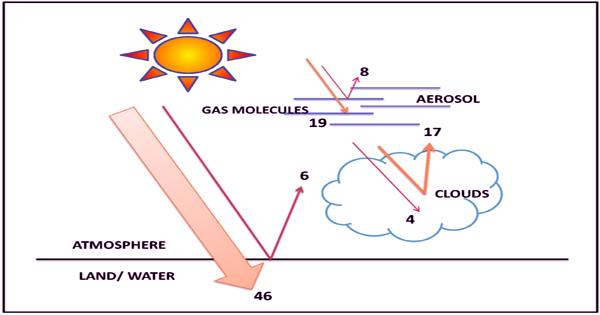Clean water was a dream of many living in arid climates, but as climate change worsens and droughts increase, access to drinking water will become increasingly difficult. So where will they go for water? Some parts of the north may be in thin air, MIT researchers said.

The solar-powered system draws drinking water from “dry” air
These studies are described in a paper in the journal Water, by Evelyn Wang, who was head of MIT’s Department of Mechanical Engineering; Graduate student Alina Laptin; And six more at MIT and in Korea and Utah. Members of the same team, based on a design initially created three years ago at MIT, bring the process closer to something that could be a source of practical water with limited access to water and electricity in remote areas. Alina Laptin of Massachusetts Institute of Technology told New Scientist, “In areas where water scarcity is a problem, it is important to consider different technologies that supply water, especially as climate change will exacerbate the problem of water scarcity”.
The first device demonstrated by Wang and his colleagues provided a proof of concept for the system, allowing the temperature difference between the devices to draw an advertising component – which collects its surface fluid – moisture from the air at night and releasing it the next day. When the material is heated by sunlight, the temperature difference between the heated top and the shaded bottom leaves the water outside the advertised substance. The water is then condensed on the collection plate. However, that device requires the use of specialized materials called metallic organic frameworks or MOFS that are expensive and limited in terms of supply and the system’s water output was not sufficient for practical use. Now, by incorporating second-place finishing and condensation and using readily available adsorbent components, the device’s output has increased significantly and its scalability has greatly improved as a potentially broad product, the researchers said.
The system produces 0.8 liters of water per day – a significant improvement over the previous iteration, but still requires 2.5 liters per day for human survival. Moreover, depending on the availability of solar energy, humidity, and temperature, water production can be reduced to below 0.8 liters. Fog collection requires 100 percent humidity to get water out of the air and is currently employed in a few coastal deserts, but the conditions required for performance are limited. Dual-stage improvements can act as low as 20 percent in humidity, meaning it can be used in arid climates.
It is becoming more and more difficult for many countries around the world to produce enough water to sustain their populations. Regions like California are experiencing somewhat dry years in recorded history, even rich regions could be affected by the lack of freshwater in the coming years. “This is an interesting and technically important work,” Guihua Yu, a professor of physics and mechanical engineering at the University of Texas at Austin, said in a statement. “It represents a powerful engineering approach to the design of dual-stage AWH devices to achieve superior water production, marking another step towards practical solar-powered water production”.















